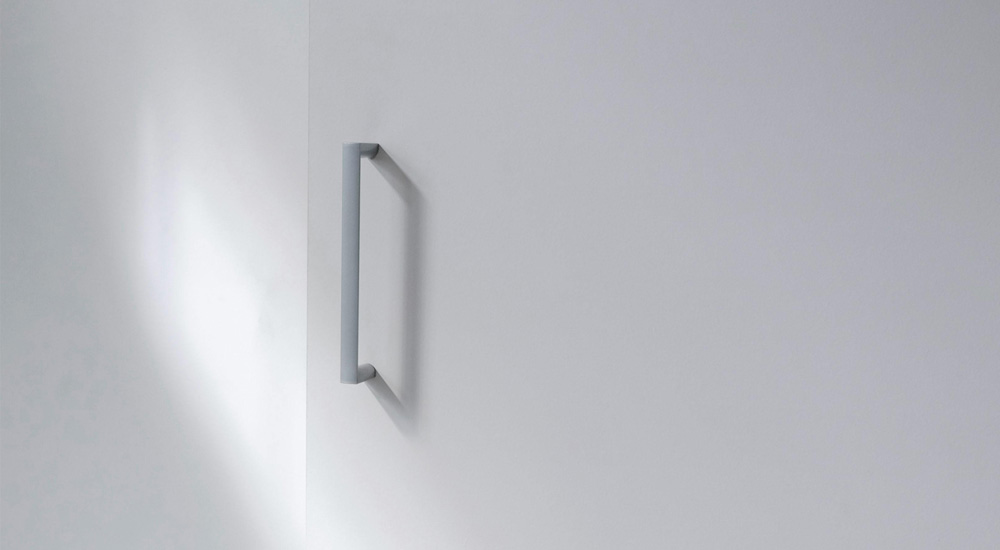Industrial Design Trends: Shaping the Future

Sustainability in Design
In recent years, there has been a significant shift towards sustainable design practices within the industrial design sphere. Consumers are increasingly demanding products that are not only aesthetically pleasing and functional but also environmentally friendly. As a result, designers are integrating eco-friendly materials, optimizing manufacturing processes to reduce waste, and creating products with longevity in mind.
One notable trend is the use of recycled and upcycled materials in product design. From furniture made from reclaimed wood to fashion accessories crafted from recycled plastics, designers are finding innovative ways to repurpose materials and minimize their environmental footprint. Additionally, there’s a growing emphasis on designing products that are easily recyclable or biodegradable, ensuring that they have a minimal impact on the planet throughout their lifecycle.

Human-Centered Design
Another key trend in industrial design is the focus on human-centered design principles. As technology continues to infiltrate every aspect of our lives, there’s a growing recognition of the importance of designing products that prioritize the user experience. From intuitive interfaces to ergonomic designs, the goal is to create products that seamlessly integrate into people’s lives and enhance their overall well-being.
One area where human-centered design is particularly prevalent is in the development of smart home devices. Whether it’s a voice-activated assistant or a smart thermostat, these products are designed with the user in mind, offering features that simplify tasks and improve efficiency. By leveraging technologies such as artificial intelligence and machine learning, designers are able to create products that learn and adapt to the needs of individual users, providing personalized experiences that are truly transformative.

Integration of Technology
Technology continues to play a significant role in shaping the future of industrial design. From advancements in materials science to the rise of digital fabrication techniques, designers have access to a wealth of tools and technologies that enable them to push the boundaries of what’s possible.
One emerging trend is the integration of smart technology into everyday objects. From wearable devices that track health metrics to connected appliances that can be controlled remotely, the Internet of Things (IoT) is revolutionizing the way we interact with the world around us. As these technologies become more sophisticated and affordable, we can expect to see even greater integration of smart technology into all aspects of product design.

Minimalism and Simplicity
In an increasingly cluttered and chaotic world, there’s a growing appreciation for simplicity and minimalism in design. Minimalist design principles, characterized by clean lines, simple forms, and a focus on functionality, have become increasingly popular in industrial design.
This trend towards minimalism is evident in everything from furniture design to consumer electronics. Products are being stripped down to their essential elements, with unnecessary adornments and embellishments being eliminated in favor of sleek and streamlined designs. Not only does this minimalist approach result in more aesthetically pleasing products, but it also promotes sustainability by encouraging consumers to buy fewer, higher-quality items that stand the test of time.
Conclusion:
As we look ahead to the future of industrial design, one thing is clear: change is inevitable. From sustainability and human-centered design to technology integration and minimalism, the trends shaping the industry are diverse and dynamic. By embracing these trends and staying at the forefront of innovation, designers have the opportunity to create products that not only meet the needs of today’s consumers but also pave the way for a more sustainable and harmonious future.

Recent Comments